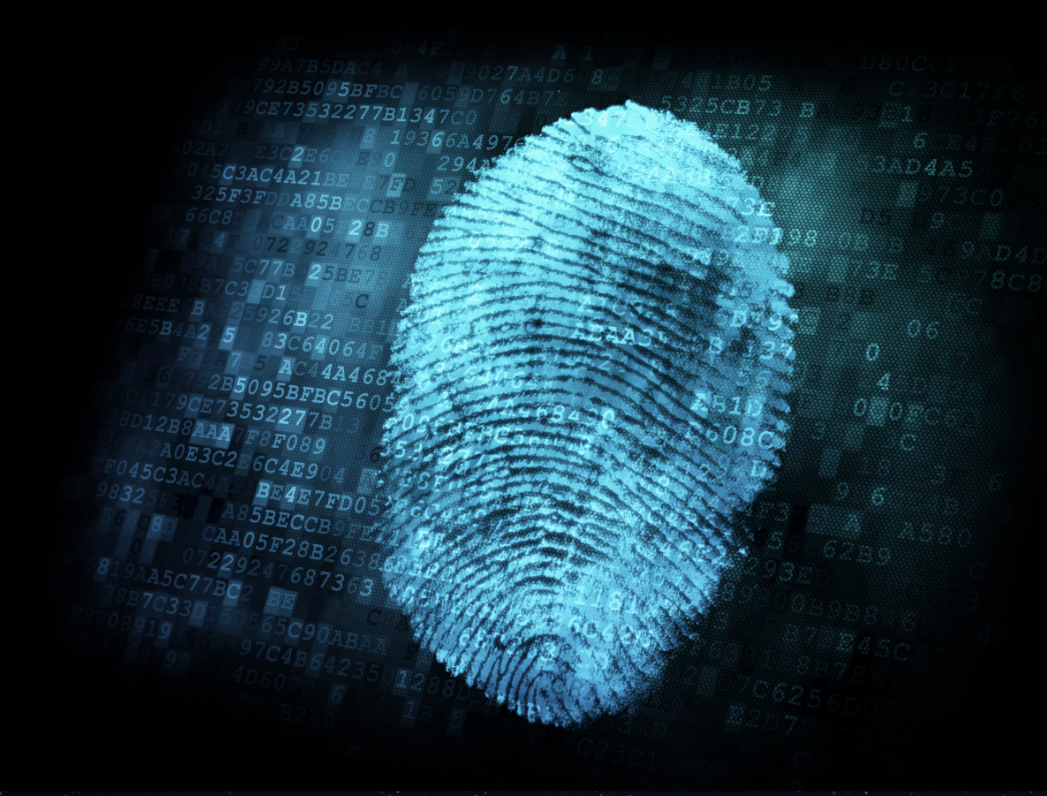There is clearly an identity crisis online. When the average individual opens their browser, they could be one of tens if not hundreds of users. I could be PollockJ07 on Twitter or JPYankees22 on Flickr or even RubyTuesdays351 on that fake email I point spam to. People have so many accounts it is often dizzying to keep them all straight. Just think about the last time you struggled to remember a login or password. At the core of this dilemma is the proliferation of media and every new mobile, location-based, visual social network created only exacerbates the problem. With more and more media channels available, the ability to maintain a singular identity is simply impossible.
It is a nightmare for marketers and there are big bucks being invested in tackling the problem. Reaching the right audience is critical for brands and we’ve gotten pretty sophisticated at it. Marketers can now leverage a wealth of user data from historical location to purchase history to social keywords. Others work toward identifying users across devices to target an individual on mobile based on their desktop behavior. It’s all pretty impressive, but the Holy Grail lies in the information that is shared across user accounts, from Netflix to Instagram. The stuff that is opt-in.
Facebook is banking on this and the amount of ad products and dollars spent is staggering. I constantly struggle to keep up with the changes to their platform, all made to accommodate this massive effort to monetize. Somewhere, in a remote part of the world, there must be a cottage industry built around keeping up with every little tweak because the power in their data is that massive. But Facebook can’t solve everything. The social giant is only a fraction of your online footprint, albeit a very big fraction. Actually it is about 1/6.
What really needs to happen is a unification process, whereby I am Jack Pollock wherever I go. This would require a single sign-on, perhaps enabled by entering my social security number or via facial recognition or maybe through a bioacoustics system that transfers data through your bones.
But let’s think about users first.
Do users really want to have one digital handle that has such a firm grounding in reality? That would prevent me from posting about 90% of my comments on Reddit and I probably never would have gotten a Myspace in the first place. At least that is my initial inclination, but upon second thought, the amount of data that we are willing to share is quite surprising. Consider Nike+ that shares your runs to the world or Jawbone UP that records your sleep patterns. Even the amount of photo-sharing—over 300 million a day—would frighten many a few years ago.
People do enjoy representing themselves online. LinkedIn, Facebook, and Google all rely on this. They have built their platforms on maintaining an accurate representation of you. Facebook even created the Cover photo after seeing users violate policy by posting things, instead of faces as their profile pictures. Now with the change, people can boldly share their love for cats and sunsets while still remaining compliant. So there is some interest in self-identifying.
The process of unifying your online presence is not going to happen overnight, and maybe they’ll never be one system, but we are certainly heading there. The more these channels converge, the more opportunities brands have to reach consumers on a one-to-one level. This will likely come with a multitude of privacy concerns as consumers become offended or scared at the amount of information shared. Like when Target figured out a girl was pregnant before her father. It will no doubt be a rocky transition.
Yet, maybe some good will arise as well. By giving brands permission to access your data and preferences, you receive a highly personalized web experience in which every piece of content is tailored to you. Suddenly, the banner to your left is actually a pair of shoes you’d like to buy. The interstitial video is of a movie trailer that’s similar to what you just watched on Hulu. Perhaps a brand gives you a free song to an album you listened to on Spotify or rewards you for a 5k you ran over the weekend. Brands want love and they are willing to do a lot of good to get it, provided you let them in.

